


What? MOBAs? Addictive you say?
MOBAs are addictive. Next to mobile games, they are among the most popular and lucrative titles in the gaming industry. Daily, Valve reports nearly 8 million unique DoTA 2 players, and Riot reports a staggering 27 million League players. The prize pools for professional tournaments have reached an all-time high, averaging over $1 million USD. And viewership for these tournaments average in the tens of millions. The games have become household names; everyone seems to be either playing them or watching them.
Due to this, AAA developers like EA and Blizzard have charged into the market with little understanding of what makes these games tick. EA’s Dawngate, despite being a mild critical success, was a market failure, and Blizzard’s Heroes of the Storm, although it vaguely resembles the original Defense of the Ancients Warcraft III mod, can’t help feeling like a cash grab and an attempt to stay relevant. And gamers have already grown tired of them. As Chris Thursten from PC Gamer writes, “It feels like we’ve skipped a step: gone straight from ‘check this out’ to ‘I’m sick of cash-in MOBAs’ without the exploratory middle-period in the genre’s life.” So why are these games failing? And, moreover, why are DotA 2, League of Legends, and SMITE so addictive? The answer is complicated.
First, we have to look at what makes video games popular. We like video games because of the gratification they give us–whether that gratification comes from beating a tough boss, collecting items, correctly initiating a combo, or pulling off a headshot. And we enjoy these moments because we work hard for them. Games give us an opportunity to quickly master skills and instantly reap rewards for doing so. We grind to gain enough experience to defeat the boss. When we defeat him, we feel accomplished. We practice a combo for hours; when we finally perform it correctly, we feel content.

“It took me over a year to get this mount. Worth.”
Game developers understand this, and they design their games to give us satisfaction at different ratios.
In some cases, we reap rewards regularly. By training our Pokémon, they level up. By training our Pokémon against specific enemies, they gain EVs. This work/reward ratio is called a fixed ratio schedule. The reward given to players comes at a regular, predictable intervals. And, by spacing these rewards correctly, developers are able to make us feel like we are constantly working toward a goal. We keep playing; we keep getting better; we beat the game.
In other cases, we reap rewards sporadically. By killing enemies in Borderlands, we gain guns. Most of the guns we earn are green or blue tier, common weapons. But sometimes we earn orange tier or Iridium weapons. These weapons are extremely rare, and their appearance in the game is nearly unpredictable. As a result, we kill enemies and loot corpses for hours trying to collect them. And when we finally get one, we want another. Sometimes we get lucky, and rare items drop at short intervals; other times we are unlucky, and we play for hours with no success. This work/reward ratio is called a variable ratio schedule. This is the idea behind slot machines–the feeling that a big, game breaking weapon might appear on the next drop.
MMOs are very good at combining these ratio schedules, reaping the benefits of each one. In Destiny, we gain levels regularly until about level twenty. This constant stream of experience hooks us. We feel like we are getting better, and the rate at which we get better is gratifying. When we reach level twenty, though, the game changes. We keep gaining levels at an elongated, but constant rate, maintaining the illusion of progression, but suddenly experience and skill alone are not enough to defeat bosses. We need items. So we grind incessantly to collect the right boots or helmet or gun to beat the game. This shift comes with no warning; it just happens. This is called a mixed-ratio schedule. A mixed-ratio schedule is a combination of two or more schedules that act concurrently. The experience flow is constant; the rate of good items isn’t. This is the most addictive ratio schedule. It hooks us and builds us up, then we spend months or years grinding to master it. The gameplay is not exciting, but the feeling of collecting rewards and beating bosses is. It is this balance of progression, difficulty, and reward that keeps us coming back again and again.
A lot of games, though, (specifically mobile games) give us ways to escape the grind of variable ratio schedules. By paying a certain amount of real-world money, gamers are able to buy the items or experience they need instead of earning them. This marketing strategy, although incredibly lucrative, disrupts the progression/difficulty/reward balance, and games begin to center around these micro transactions. Asphalt 8: Airborne for iOS is incredibly fun for the first three pages. The experience flow is fair, the cars are beautiful, and the tracks are dynamic and exciting. After that, the difficulty curve sharpens dramatically. Cars become ridiculously expensive, and the tracks become overwhelmingly hard to win. In order to win races, players need better cars. To get better cars, they need in-game cash. And to get in-game cash, they have to grind the first three pages for months. The game stops being fun. Gamers’ only option: buy cars and upgrades with real money. They have to pay to advance; they have to pay to win.
MOBAs feature the best parts of fixed and variable ratio schedules while maintaining balance. There is little grinding in MOBAs; experience and gold flows at a constant rate. And the reward of pulling off a major play or a gank is semi-unpredictable. The emotional payout of performing in the game keeps us playing. Thursden writes:
“[A MOBA] is, functionally, a competitive micro-RPG that provides opportunities for individual and collective heroism. The emotional ‘payout’, here, is the feeling that you or your friends have achieved something genuinely noteworthy; that you are special, powerful, skilled, fortunate.”
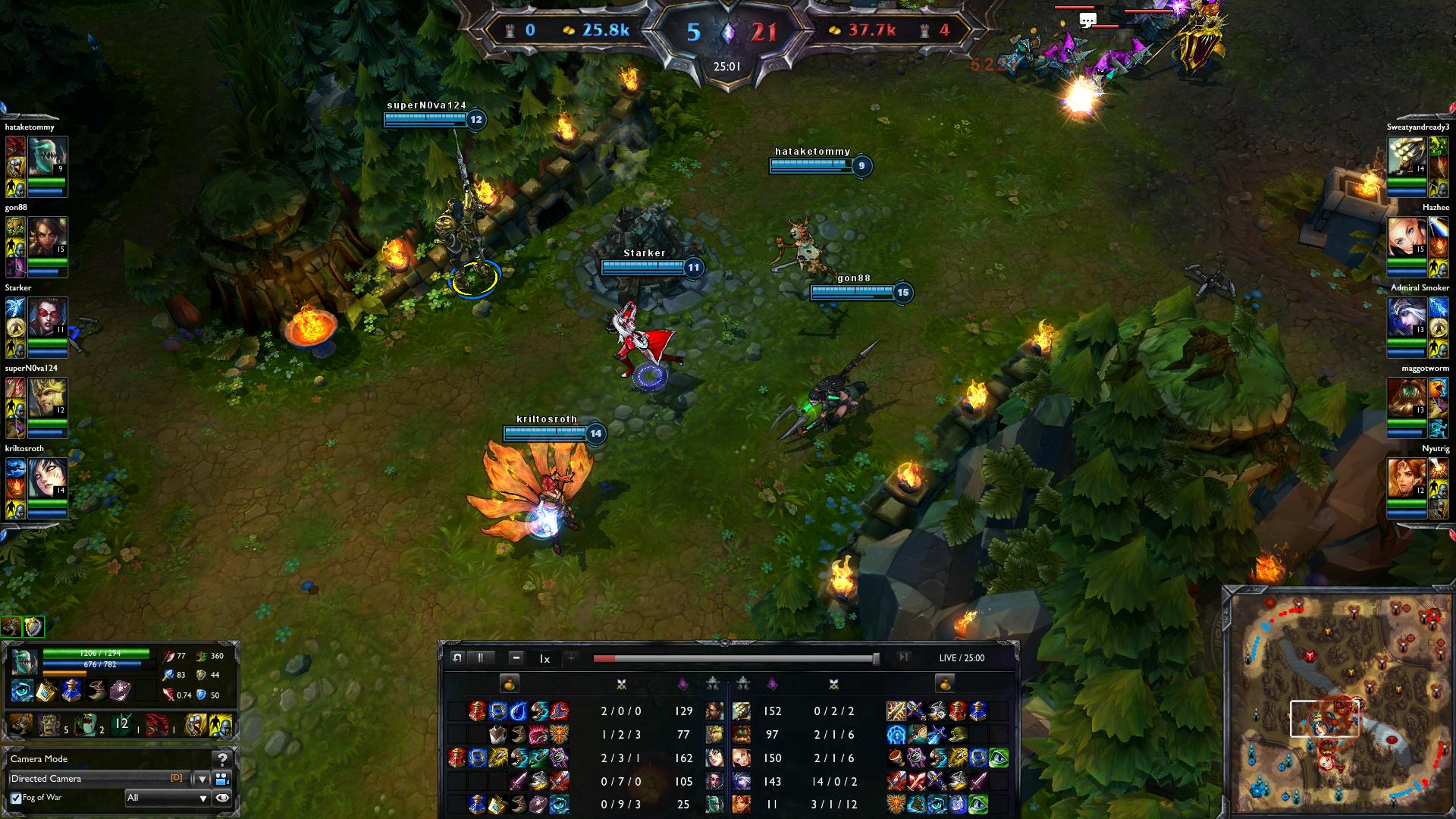
Almost nothing beats a winning 5v5.
MOBAs are also challenging. Many gamers complain about MOBA games, calling their learning curves too steep. The truth: MOBAs are easy to learn but impossible to master. The core mechanics of the games are simple; right click to move and attack, use spells with the keyboard, and left click to execute spells. There are three lanes, and the goal is to overrun the lanes and topple the enemies’ base. The games’ difficulty lies in character selections, item builds, stat builds, and team strategies. No two matches will ever be the same, and players must prepare an infinite number of reactions for an infinite number of scenarios. In the beginning, we learn at a constant rate. As we become more experienced, the rate at which we learn plateaus slightly; the things we learn come at greater intervals. This, too, is addicting. We want to learn more. We want to master the game. But every time we begin to figure it out, the developers rebalance it, and we begin the learning process again.
And, finally, the games are free. They generate revenue through character unlocks and cosmetics. The unlocks, when bought, give few advantages. They merely increase the size of a player’s champion pool–a pool that can be extended through fair amounts of gameplay. Because of this, the games are extremely well-balanced. As a result, we are able to forgive the game for being excruciatingly difficult. It’s fair. The same rules apply to everyone. And we can feel good about our addiction.
For more on MOBAs, stay tuned to MMOGames.com
Sources:
http://www.pcgamer.com/three-lane-highway-true-emotional-payout-and-other-thoughts-on-the-rise-of-dota
Image sources:
http://www.bet.com
http://www.themetropolist.com/play/latest-play/cant-stop-playing-world-of-warcraft-can-learn-psychology-behind-mmos
http://www.mmoknight.com/article/league-of-legends-vs-infinite-crisis
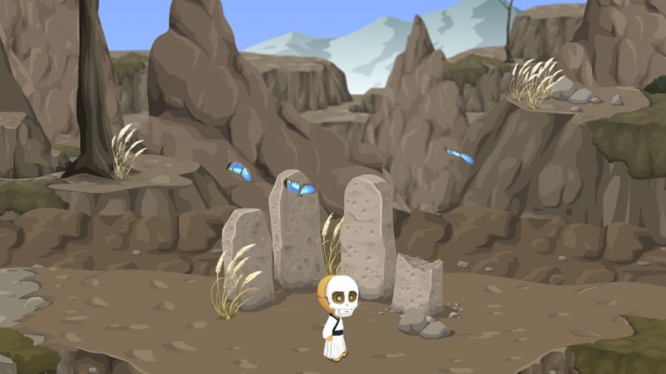
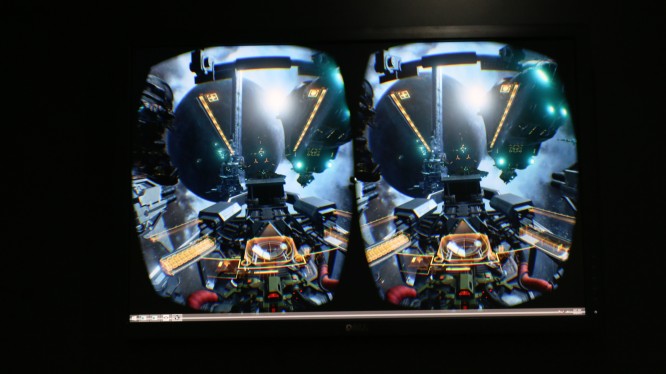

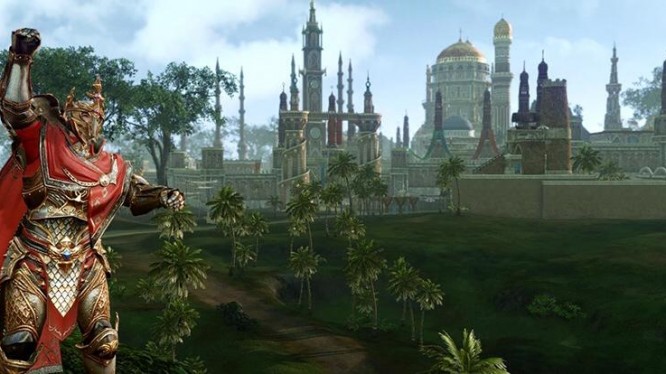
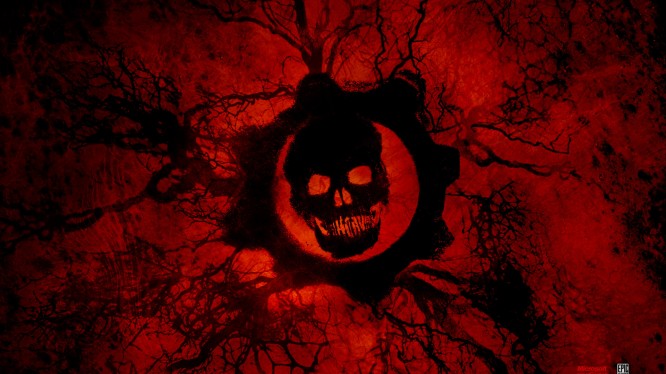 MOBA Monday: Three Franchises that Should Be MOBAs .
MOBA Monday: Three Franchises that Should Be MOBAs . Beta Data: September 4, 2015 .
Beta Data: September 4, 2015 . Plants vs. Zombies 2: A Tip for Level 30 of Frostbite Caves
Plants vs. Zombies 2: A Tip for Level 30 of Frostbite Caves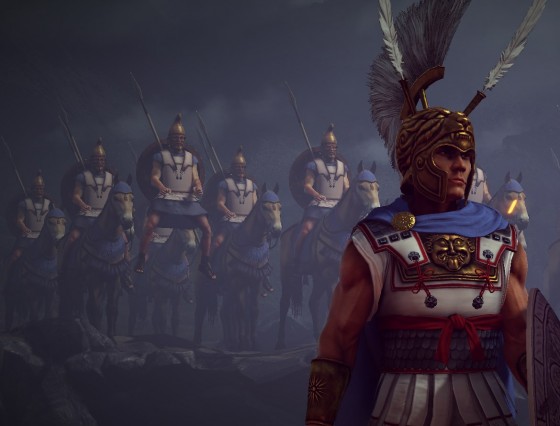 Total War: Arena Beta Impressions
Total War: Arena Beta Impressions Plants vs. Zombies 2: Walkthrough Level 16 of Big Wave Beach
Plants vs. Zombies 2: Walkthrough Level 16 of Big Wave Beach